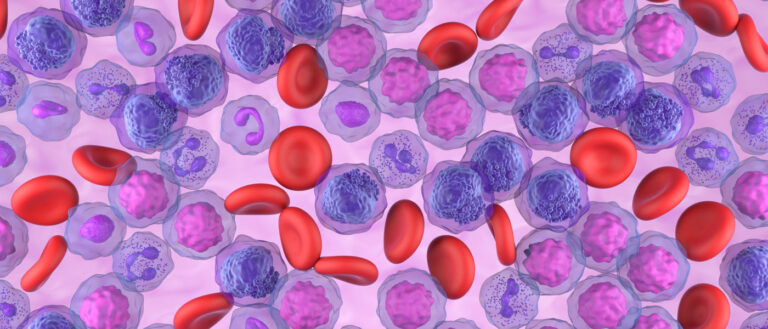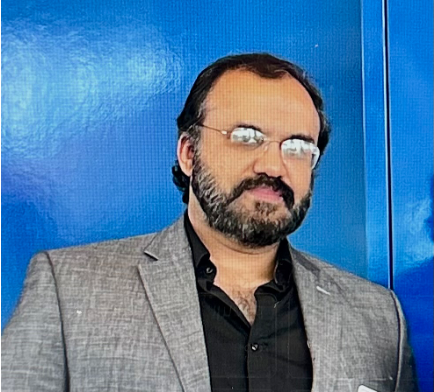
With a new four-year, $1.3 million grant from the U.S. Department of Veterans Affairs, researchers at Case Western Reserve University are investigating a new approach to treat acute myeloid leukemia (AML) in military veterans.
AML is the most common form of blood cancer in adults, and many patients suffer relapses-especially veterans, due to exposure to harmful chemicals and radiation during active duty, according to the National Center for Biotechnology Information.
There is no effective treatment for AML and, according to the National Institutes of Health, half of treated patients suffer a relapse after therapy-mainly because special leukemia cells, called leukemia-initiating cells (LICs), can survive chemotherapy.

Parameswaran Ramakrishnan, lead investigator and associate professor of pathology at Case Western Reserve School of Medicine, and his team are investigating treating AML by targeting how cancer cells use energy.
Like many cancer cells, AML cells need more sugar to grow. The hexosamine biosynthetic pathway (HBP), which is triggered by increased sugar consumption, generates a chemical essential for nutrition, illness, metabolism and signaling.
This chemical helps AML cells survive by interacting with and changing proteins in the cells.
"We found that blocking the HBP pathway kills AML cells while leaving healthy cells unharmed," Ramakrishnan said. "We also discovered that LICs have high levels of HBP proteins compared to normal blood cells, which may be why AML often comes back after treatment. We believe that targeting the HBP pathway can help prevent AML relapse and improve treatment options."
If successful, their research may also provide insight into treating prostate, colon and lung cancer, which are also especially challenging for veterans, according to the U.S. Department of Veterans Affairs.






